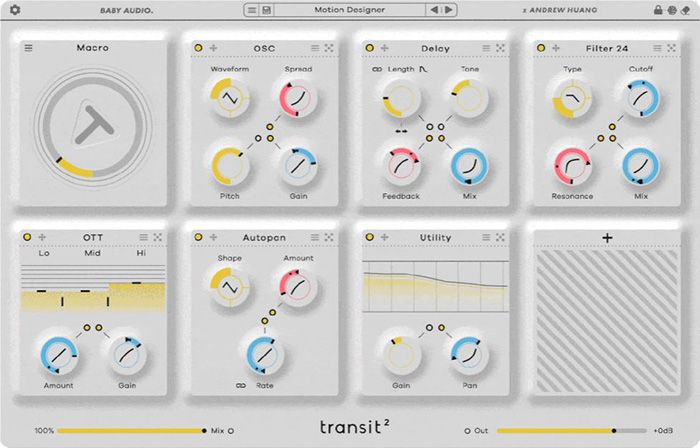Review Waldorf Microwave 1 Plugin
Waldorf Microwave 1 Plugin
One of my first synths in the early nineties was the Waldorf Microwave 1, an eight-voice wavetable synthesizer. The unique sound of the wavetable synthesis combined with the powerful analog filter section based on the venerable Curtis chips impressed me right away. The speedy envelopes were equally astounding and perfect for modern Techno Sounds.
The well-known PPG Wave 2.3 is directly descended from in this hybrid wavetable synthesizer. Wavetables, a then-novel technology that employs sampled waveforms that the user can scroll over in real time to produce unique sounds, are used by both the

Wave 2.3 and the Microwave 1. In contrast to the PPG Wave 2.3, the Waldorf Microwave 1 had the same problem as a lot of synths from the late 1980s: it lacked rotary knobs, which made programming it extremely challenging.
Upon first hearing the Waldorf Microwave 1 Plugin, it is evident that every detail of the hardware was painstakingly analyzed and recreated. Regardless of the DAW’s sampling rate, the plug-in operates internally at a true-to-original sampling rate of 250 kHz. Even the vintage D/A converters were modeled, and the digital noise, complete with all of its amazing artifacts, was faithfully recreated.
The scalable GUI is far more user-friendly to use than the hardware of the time. Existing wavetables can be edited or completely recreated. You not only have access to all the original wavetables but also to the individual waves. User waves can also be created. With the randomization mode, you can create wavetables very easily and with a surprising sound.
The multi-mode, which was challenging to use with the hardware, is a huge improvement. In contrast to the hardware, the plugin provides an easy-to-use, clear mixer page. Finally, the plugin allows you to control a hardware unit, which is undoubtedly the best of both worlds. It’s a pity that I no longer have my old hardware unit.
Several more great-sounding presets have been added to the many original factory sounds, and it’s even possible to import old MIDI and Sysex dump files from the hardware device—what a great feature!
My MIcrowave 1 patches, which I originally programmed for the hardware synth, are now also available in a revised and perfected new version for the plugin. SOR Waldorf Microwave Presets contains 131 synth patches and 24 MIDI files.
Improvement requests: A clearer sound browser (e.g. u-He or D16) with FAV functionality would be great. Besides that, a random patch generator might also be very useful. It would also be fantastic to have an arpeggiator, as well as an effects section similar to Waldorf used on the Largo. Maybe these modules could be adapted rather simply from Largo. But please don’t get me wrong, because the way the plugin is in the first release version is simply breathtaking.
How does it all sound, though? I was immediately made to smile by the plugin’s sound. I had the immediate impression that I had traveled thirty years in the past. To me, the plugin sounds just like the hardware! You can make anything glassy, metallic, cold, or digital. Just as simple to make as brand-new wavetable modulations or brutal attacks are hard basslines.
Final Verdict
This unusual tool never fails to impress with its distinct sound. I have included the Microwave 1 plugin in my “Best Synth VST Plugins” section because I really enjoy these slightly gritty, broken wavetable tones. Its unique sound makes it so charming. What a fantastic recreation of a classic! I love it!
Visit my BLOG for other vst recommendations, production tips and more!
Cheers,
Oliver Schmitt aka Sounds of Revolution (SOR)






